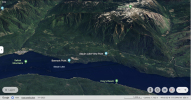rentren
LGB - Viafier Retica Wälderbähnle Rheinbähnle
Hello on a hot BC-Kootenays day and somewhat smoke shrouded (not of steam engines, it's the forest burning across them thar mountains).
This harks back to a much older thread and a recent reference to it wrt BP/RC (DCC).
So, theory.
Remove contact behind drive wheels (coal), possibly cut power from other wired axles, and cut power from contact shoe, then bring battery leads into the positions where track power leads were. So much my attempt to conceptualize.
I'm looking at an oldie (pre-1989, made in W. Germany) Harz and/or DR 996001, i.e. LGB 2080, no sound. LGB called the 2080S a "Super-Dampflok". All but the first of my BP/RC conversions were carried out by WGRR (John at Winona Garden Rail Road). Very helpful, interesting solutions (lighting of my RhB crocodile), yet in a way I think I ought be doing it myself (particularly be cause he is loaded with requests).
The 4 pages of SERVICE sheets look impressive and leave me hesitant. So far I have not opened up the loco, invoking WGRR services seems once more the easiest way out. Perhaps the discussant in the older thread feels like doing a walk-thru for the faint of heart?
Thanks for any detailing, in particular of course with the LGB 2080 steam engine. -- Rr
This harks back to a much older thread and a recent reference to it wrt BP/RC (DCC).
So, theory.
Remove contact behind drive wheels (coal), possibly cut power from other wired axles, and cut power from contact shoe, then bring battery leads into the positions where track power leads were. So much my attempt to conceptualize.
I'm looking at an oldie (pre-1989, made in W. Germany) Harz and/or DR 996001, i.e. LGB 2080, no sound. LGB called the 2080S a "Super-Dampflok". All but the first of my BP/RC conversions were carried out by WGRR (John at Winona Garden Rail Road). Very helpful, interesting solutions (lighting of my RhB crocodile), yet in a way I think I ought be doing it myself (particularly be cause he is loaded with requests).
The 4 pages of SERVICE sheets look impressive and leave me hesitant. So far I have not opened up the loco, invoking WGRR services seems once more the easiest way out. Perhaps the discussant in the older thread feels like doing a walk-thru for the faint of heart?
Thanks for any detailing, in particular of course with the LGB 2080 steam engine. -- Rr

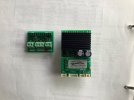
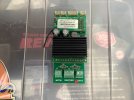
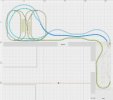
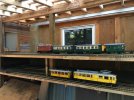

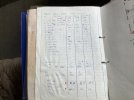
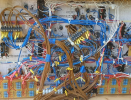
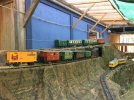
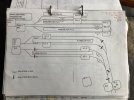
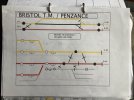
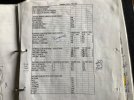
![20150523_194339[2].jpg 20150523_194339[2].jpg](https://cdn.gscalecentral.net/2024/07/thumb/516225_20150523_1943392.jpg)
